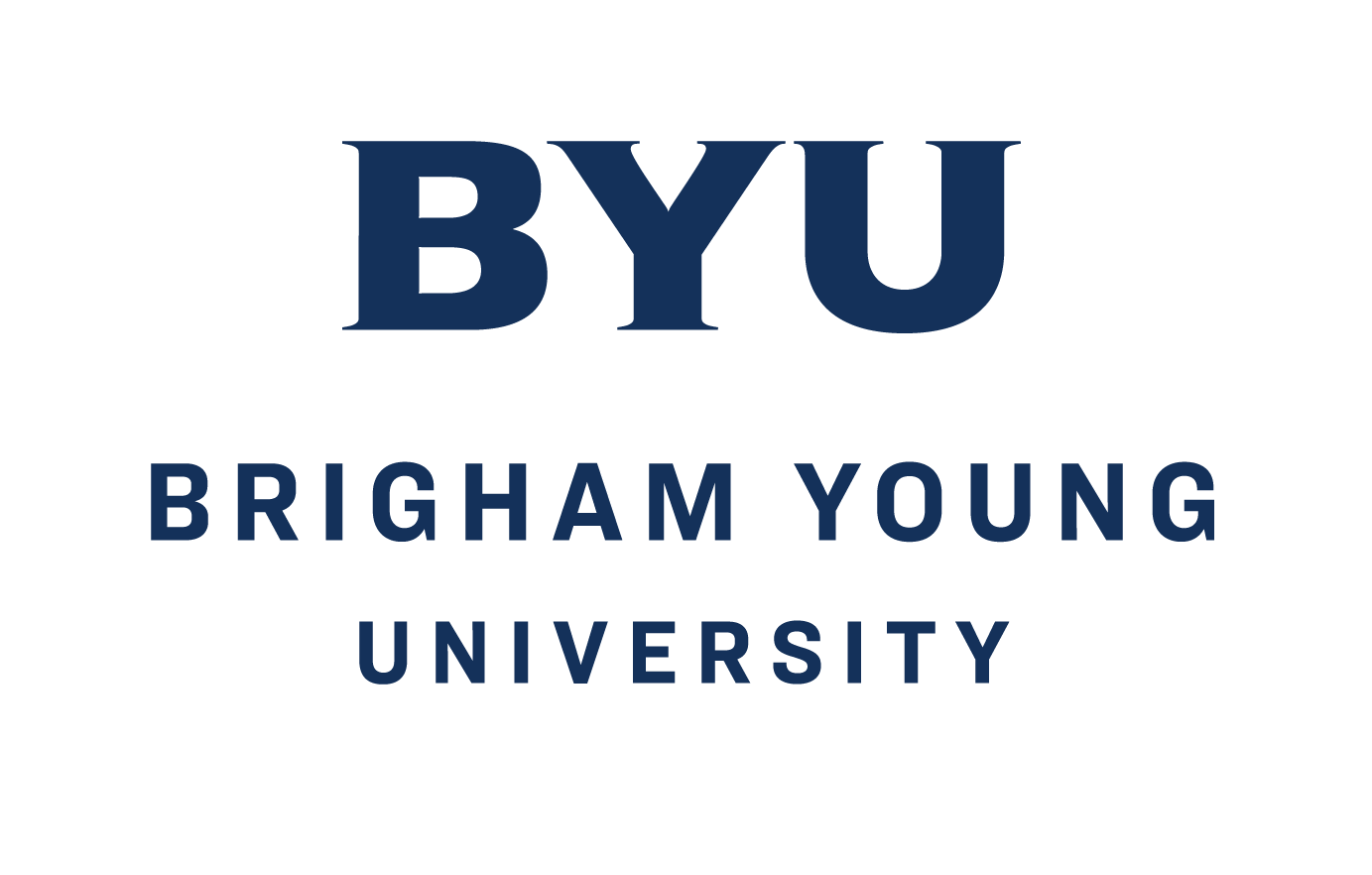Most puppies learn tricks like rolling over or shaking, but some dogs are learning skills for a much bigger job.
Guide dogs are service animals for those with disabilities, and as such, they must go through a lot of training to make sure they can do their job properly.
Guide Dogs for the Blind is a nonprofit organization and the largest guide dog school in North America.
Gracee Purcell, a BYU student, has been a puppy raiser for Guide Dogs for the Blind for the past four years.
“I saw a girl in my high school doing it and I thought it was really cool. So I looked it up and then started going to meetings and six months later, I had my first puppy,” she said.
Puppy raisers receive puppies between 8 and 10 weeks old and train them in basic obedience, socialization, and public access skills. They have them until they are about 14-16 months, Purcell said.
Purcell is currently training her fourth puppy, Gaelic.
“They go everywhere with you," Purcell said. "My puppy comes with me to my classes, to any grocery shopping I need to do, comes to hang out with my friends with me.”
The puppies do get some time off from "work" to enjoy playtime.
Audrey Damyan is also a puppy raiser.
“When they’re in-vest, they know they’re in work mode," Damyan said. "Once it comes off, they get to just be a normal dog and goof around.”
She has been in the program for nine years and is currently training her seventh puppy Judo.
“It’s a lot of fun taking them to different places and watching them grow and then seeing them go on to help people live a really independent life,” Damyan said.
Dogs from this program primarily assist people with visual impairments, but they can also be placed with other organizations where they serve in various capacities.
After Judo and Gaelic finish their training with Audrey and Gracee, they will go to a formal school before getting placed in a permanent home.
Dogs from the program are placed all across the United States.
